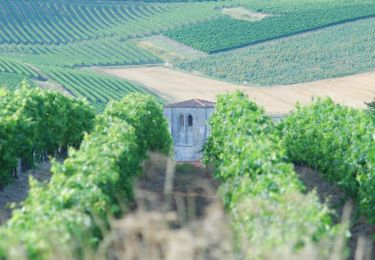

Enter through the back door on your left in the old wash house.
The wash house, built in 1852, was rediscovered in 1999, then cleaned and restored by the municipality. It consists of four basins and a water pump. It is fed by a spring whose water is supplied by a small canal.
The basin upstream was reserved for the rinsing, the second for washing. The basins have sloped sides that allowed washerwomen to be on their knees. Dirty water flowed toward the third basin, separated by a wall from the washing basin, then poured in the fourth basin.
The latter is long and rather deep. Due to its depth and the absence of sloping, it was not to be for the laundry.
For some it would be a basin for retting flax. The etymology of of the name of the village, Lignières, from Latin linaria (flax field) certifies that agricultural flax was important in the area and it was produced in the Middle Ages. This fibrous plant was used to make linen. Retting is made to extract the textile material in the stem of flax. Stems tied in bundles were then immersed in water for about a week. Under the action of bacteria, bark was going rotten, releasing textile fiber and producing a foul odor. If the basin were actually for retting flax, its proximity to the houses of the village were to cause significant nuisance odors.
A second hypothesis considers the basin rather like a fish tank. In fact the water that came from the source and Collinaud (small tributary of Le Né unto the town) was constantly renewed and could therefore be suitable for the breeding. Furthermore, in an outbuilding of the castle, a similar basin was actually used as a fish tank.

Motor


User